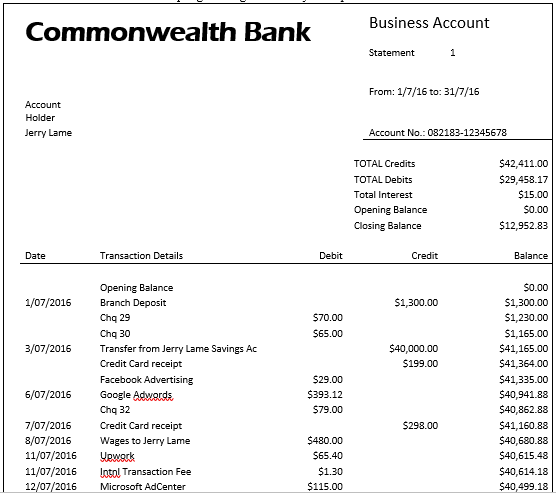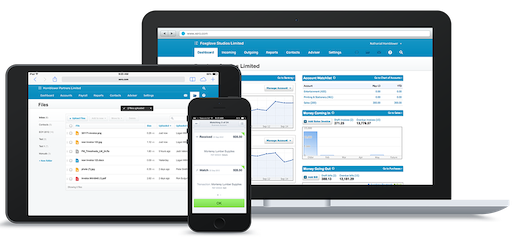Avoid Any Nasty Surprises: Balance Sheets Matter!
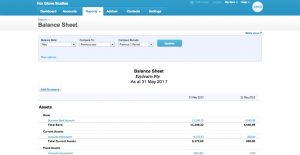 A business’s balance sheet is a snapshot of its financial position at a particular period of time, which is not to be confused with a profit and loss (P&L) statement. Unlike a P&L, which just shows whether the business is making a profit or loss during a given period, a balance sheet, will eventually, show nearly every activity that has occurred within a business.
A business’s balance sheet is a snapshot of its financial position at a particular period of time, which is not to be confused with a profit and loss (P&L) statement. Unlike a P&L, which just shows whether the business is making a profit or loss during a given period, a balance sheet, will eventually, show nearly every activity that has occurred within a business.
However, there are some transactions that will show up immediately. You’ll learn how to run a balance sheet in our Xero Daily Reconciliations Training Course, but we wanted to show you the transactions to look out for and why.

The purchase or sale of assets
When an asset, such as a car, is bought, it will reduce the cash account and increase the fixed-assets account. Both of these accounts are listed in the asset portion of the balance sheet, however, cash is part of the current assets section and fixed assets are part of the long-term assets section.
When an asset is sold, the way the cash is accounted for is a bit more difficult. Here, both the asset’s book value and any accumulated depreciation are removed from the books at the same time that the cash account is increased by the sales price. If the sales price does not equal the book value, the difference is accounted for as a gain or loss on the sale of equipment. This gain or loss is recorded on the P&L statement.
Purchases on credit
When a business purchases supplies or inventory on credit, the business will debit the asset account (supplies or inventory) and credit the accounts-payable account. Almost always, accounts payable are considered to be current liabilities and are shown at the top of the liabilities section of the balance sheet.
Debt and lease arrangements
When a business issues debt or enters into a leasing arrangement, a liability must be recorded in the long-term section of the company’s balance sheet. For example, if a company issues bonds for cash, the company would debit cash and credit bonds payable in the simplest bond-issuance scenarios.
Capital-lease transactions affect the balance sheet in a similar manner. When entering a capital-lease arrangement, the business will debit a fixed-asset account to show that the company has taken economic possession of the leased asset. At the same time, the business will credit a capital-lease obligation account to show the offsetting economic liability.
***
For a balance sheet to be correct, you must code each transaction correctly in your accounting software. Our Xero Daily Reconciliations Training Course covers balance sheets, and much, much more. Why not enrol today?
***
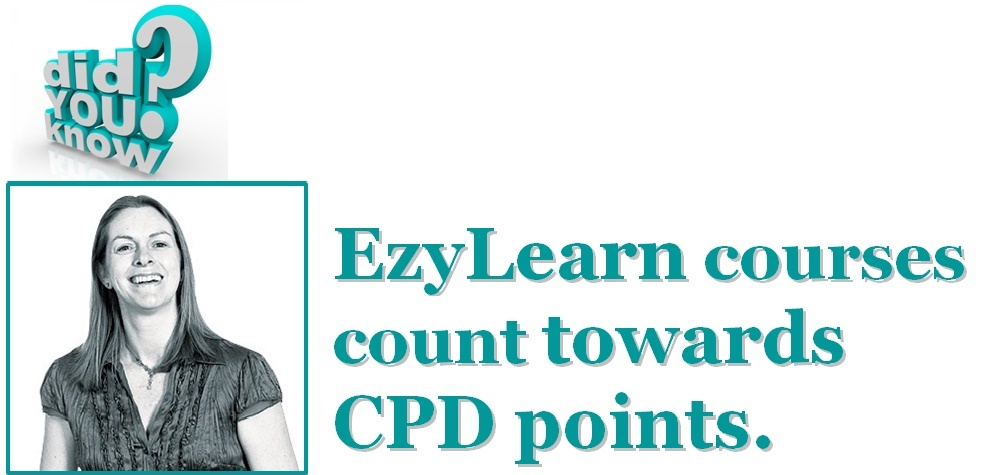
EzyLearn Excel, MYOB and Xero online training courses count towards Continuing Professional Development (CPD) for bookkeepers and accountants. We’ve been an accredited training provider of the Institute of Certified Bookkeepers ever since the organisation started in Australia. Find out how CPD points can be of benefit to you.

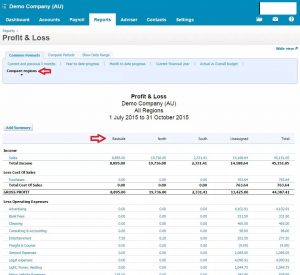
 Although the process of running a P&L differ between accounting software packages, they usually all contain the same elements, depending only on the business itself. In the first section, the cost of sales is subtracted from the revenue, which highlights gross profit. The business’ operating expenses are then subtracted from the gross profit, which leaves the operating profit. Now, all of the non-operating revenues and expenses must be factored into account, after which the business’ profit or loss will be displayed.
Although the process of running a P&L differ between accounting software packages, they usually all contain the same elements, depending only on the business itself. In the first section, the cost of sales is subtracted from the revenue, which highlights gross profit. The business’ operating expenses are then subtracted from the gross profit, which leaves the operating profit. Now, all of the non-operating revenues and expenses must be factored into account, after which the business’ profit or loss will be displayed. 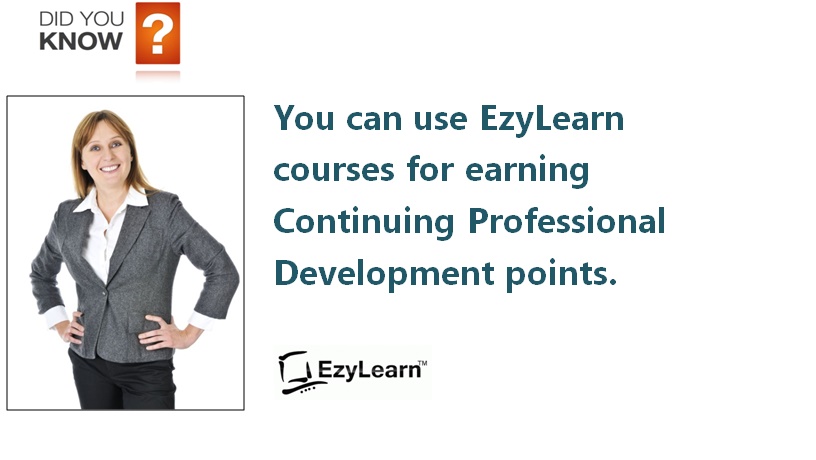
 Most businesses using an accounting program like MYOB or Xero will use the included payroll package to manage their employees’ payroll. For businesses with only a few employees, however, the additional payroll function is an unnecessary expense.
Most businesses using an accounting program like MYOB or Xero will use the included payroll package to manage their employees’ payroll. For businesses with only a few employees, however, the additional payroll function is an unnecessary expense. 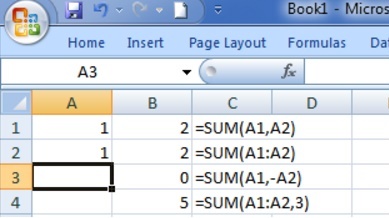 We’ve recently updated our
We’ve recently updated our 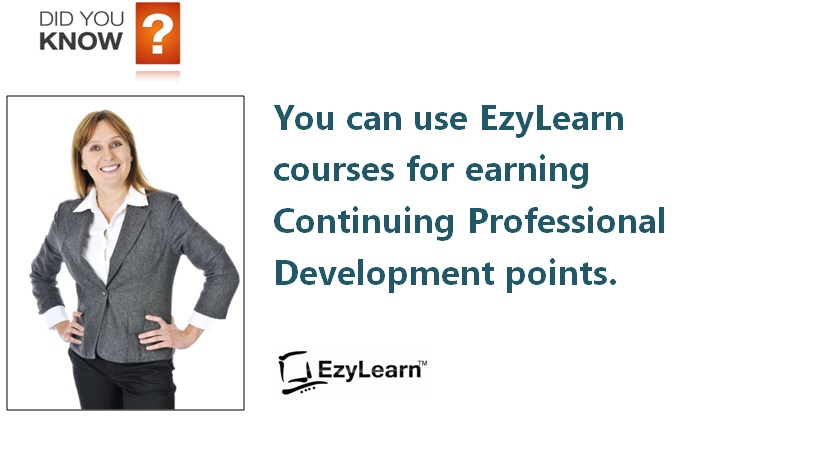



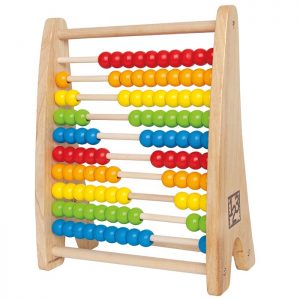 Before computers and Microsoft Excel came along, accountants used a pen and paper to keep track of their clients’ business financials. And before that, before the numeral system was invented, the abacus was the main accounting tool used by merchants and traders to keep track of their finances.
Before computers and Microsoft Excel came along, accountants used a pen and paper to keep track of their clients’ business financials. And before that, before the numeral system was invented, the abacus was the main accounting tool used by merchants and traders to keep track of their finances. 



 Bank feeds are an important aspect of reconciling your (or your client’s) accounts. Our
Bank feeds are an important aspect of reconciling your (or your client’s) accounts. Our 